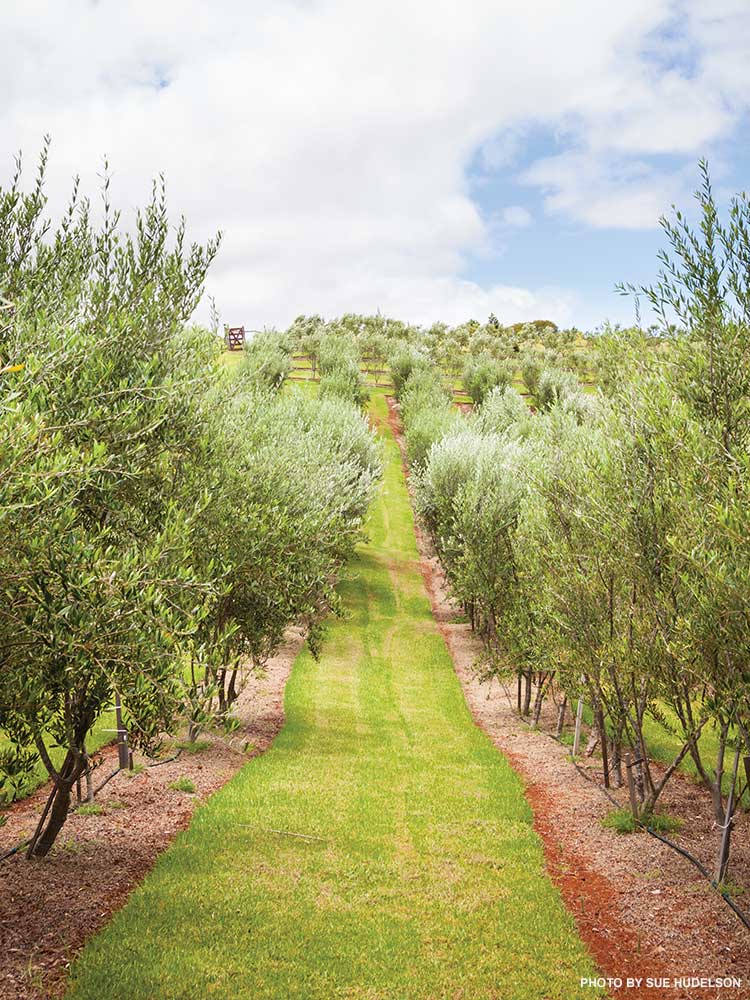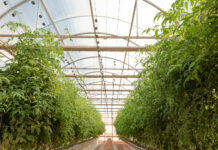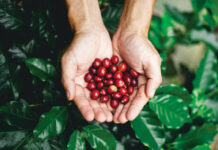Jamie and his son Josh, a landscape architect, decided to find out. We three headed off to California for some hands-on research in Napa/Sonoma and the Mondavi Olive Center at the University of California at Davis. For ten days, we toured farms and processing centers, and met nearly all the major players in California’s emerging olive industry: growers,tree suppliers, consultants in the field and leaders in the retail side of the industry. The olive community welcomed us with open arms, happy to share their knowledge.
The American Olive Oil Producers Association was only established in 2012, but olive oil has been produced in the United States for more than 150 years. Some 300,000 acres of olives have been planted in the U.S. exclusively for oil; of that, 95 percent or more exceeds the standard for extra virgin olive oil. Americans use 80 million gallons of olive oil annually, making it the largest market outside of Europe. Yet only 2 percent of the olive oil consumed in the U.S. is produced here. Room for growth? You bet.
Olive oil is basically olive juice. In the old days, folks used massive stone wheels to crush the olives, then stored the resulting mash or pumice in huge urns until the oil separated out. By then, much of the oil might be rancid, but since it was mostly used for fuel, that didn’t matter. Today, olives are crushed in a mill; then the pumice is gently kneaded and placed in a centrifuge that separates it into solids, water and oil. The oil is stored in giant,conical settling tanks made of stainless steel. Any remaining sediment gets discarded by opening a spout at the bottom of the tank.
Everything that is not oil — nearly 80 percent of the olive — is considered waste or byproduct, but that’s in the eye of the beholder. Leaves can be used for teas and medicines, waste oil for soaps and beauty products. The pumice is a healthy additive for animal feed, and can also be composted. The olive, as the ancient Greeks knew, is an endless resource.

First Planting
Armed with research and a list of resources, Jamie and Josh returned to Maui determined to be olive farmers, and formed Maui Olive Company. They calculated that a single acre could accommodate approximately 225 trees. At maturity (six to ten years), each of those trees could produce two to four tons of olives, which could yield forty to fifty gallons of olive oil.





